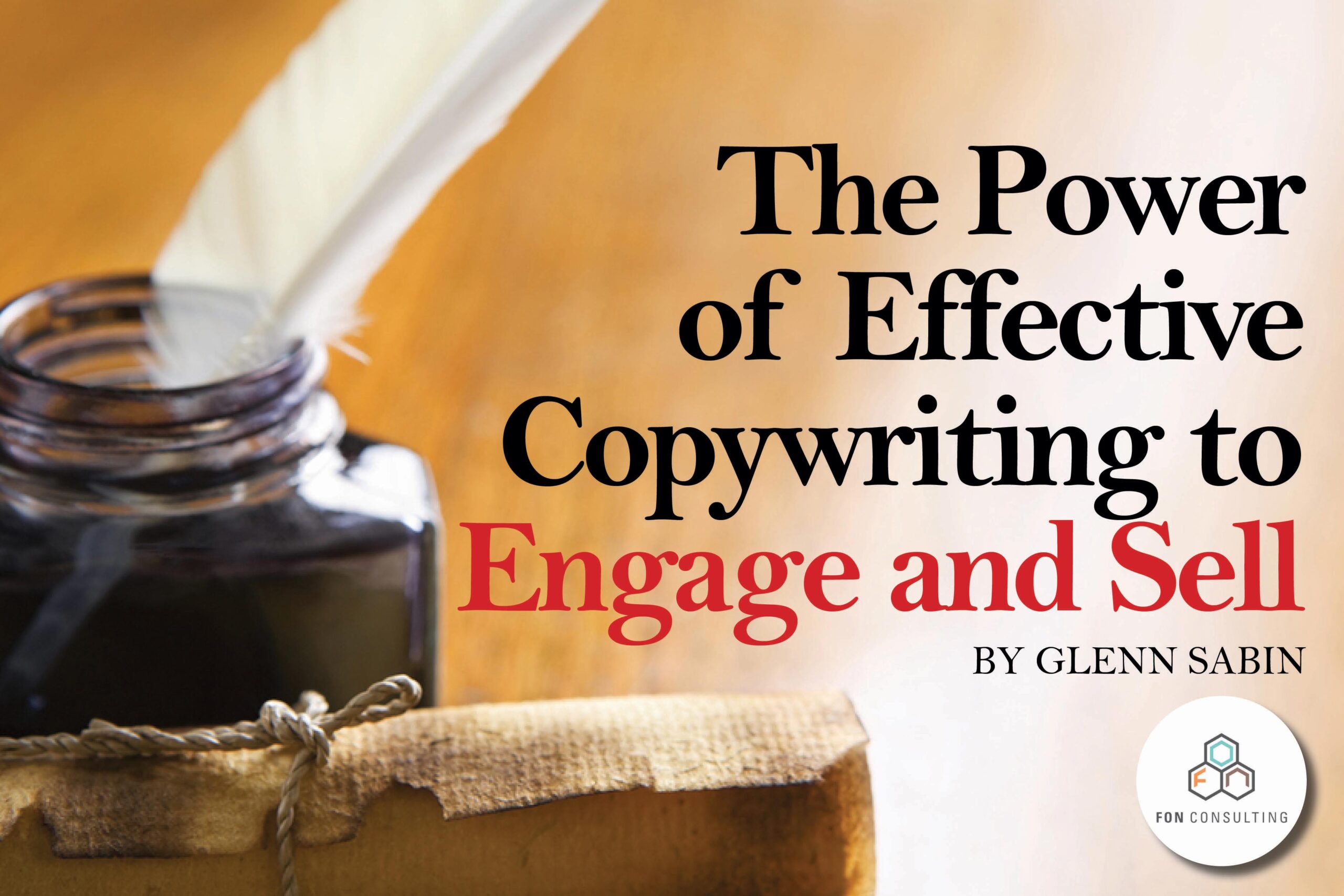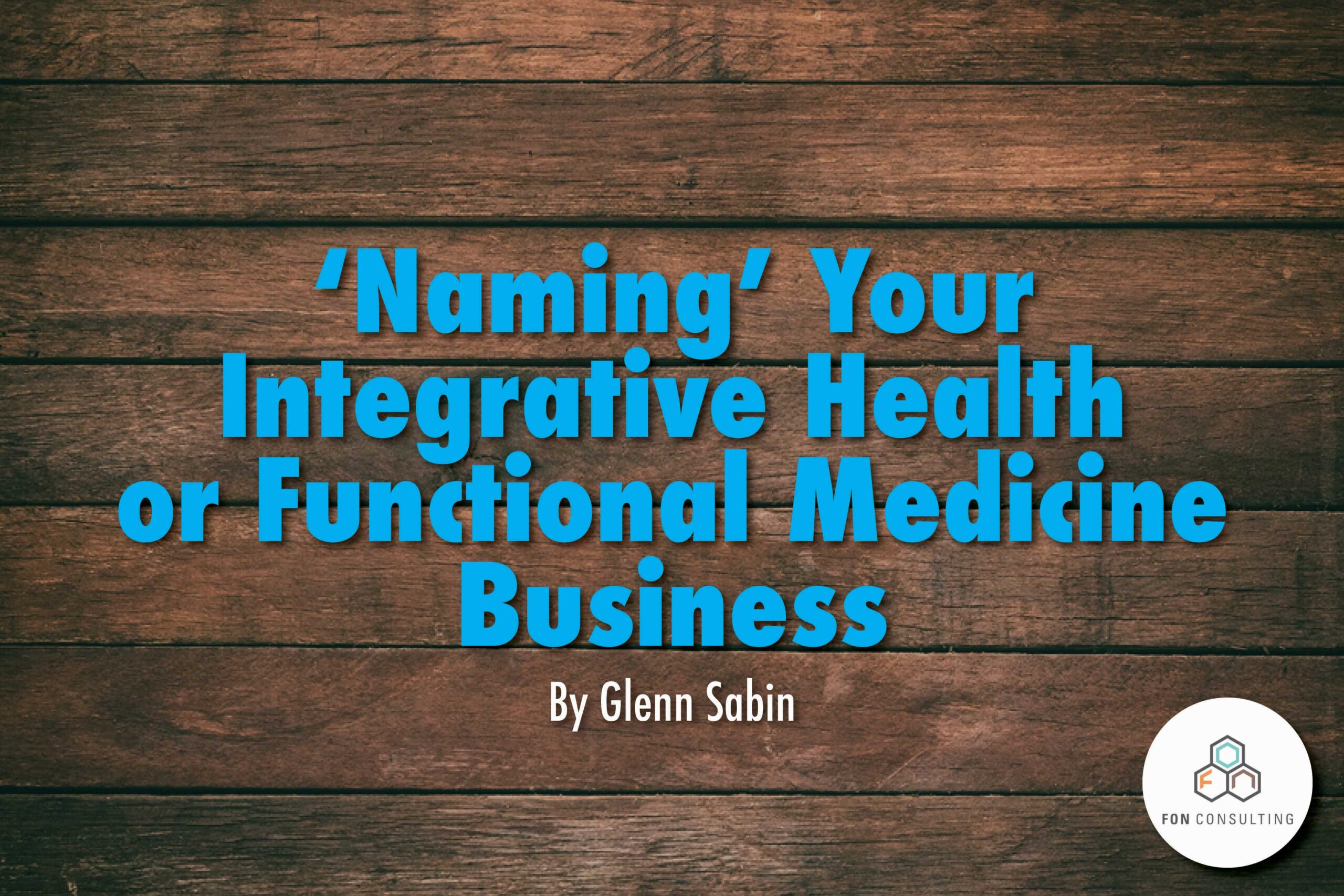Grab Your Audience! — 12 Foolproof Ways to Open a Speech
By Glenn Sabin

In my previous blog in this space, I discussed the concept of mindfulness, and how incorporating mindful speaking can benefit your integrative medicine practice or research. Speaking with that level of focus is important, I said, because your material alone—no matter how strong—can’t create the responses you’re looking for in stakeholders.
Let’s say you’re explaining your group or organization’s philosophy of integrative health. You’ve put together an excellent presentation or video that you know is going to meet your audience’s needs. There’s just one problem: how do you start the thing off with a bang?
(One way to do that, of course, is to begin with power and purpose. To learn how, take a look at my essential e-book, “How to Start a Speech.”)
Your Opening Gambit
You probably already know that starting out strongly is something you need to do. You’re just not sure how … or for that matter, exactly why.
When it comes to influencing listeners in speeches, presentations, videos and podcasts, two concepts explain why you need to nail your beginning and ending. I’ll discuss both concepts here, then provide some powerful tools for your opening gambit: your speech Introduction. My next blog here at FON, “How to End a Speech Vividly and Memorably,” will deal with the other end of your presentation: your Conclusion.
Why You Need to Start and End Strongly
The two concepts are primacy and recency. Primacy states that people remember most vividly what they hear at the beginning of a talk; and recency says those same people will strongly recall what you say at the end. In terms of public speaking, of course, this translates into your Introduction and Conclusion.
Here are three reasons why your Introduction—whether in a live or virtual talk—needs to be engaging and interesting immediately:
(1) Audiences make value judgments about you, your organization, and your message in the first 30-60 seconds. After that point, you’ll be able to change those opinions about as easily as you can change a hamster into a ham sandwich.
(2) Your opening sets the entire tone of your presentation (including whether you’ll be interesting or not).
(3) The first minute is when you introduce your message and tell the audience why they need to hear it.
Your audience, in other words, needs to be both fully engaged and predisposed favorably toward you and your message. Neither will happen unless you can grab their attention sufficiently enough that they’re ready, willing, and able to listen to you spin your verbal magic!
You Can Be Creative, Can’t You?
Achieving this objective takes thought, a bit of imagination, and yes, a little creativity. The good news is that since you know your topic well and you’re psyched up to get your message across, you should be well positioned to succeed.
Primacy won’t have much of a chance to operate, for instance, if you use the dreary “Today, I’d like to talk about…” approach in your opening. This is a dreadfully boring way to begin, and I invite you to remove it from your public speaking toolbox permanently.
A few minutes of focused thinking should be all you need to come up with an opening that leads intelligently into your topic without sounding like everyone else’s presentation in this field.
And remember to avoid “introducing your Introduction,” like this: “Let me start out with a story…”, or, “I heard an amusing anecdote the other day….” Just tell us the story, the anecdote, or the in-the-know reference that will delight these listeners. By signaling your effect beforehand, you water its potency down to a weak drizzle.
As a springboard to launching your integrative health topic with verve and originality, here are a dozen devices that can be used as grabbers or speech hooks:
• Question
• Story
• Quotation
• Visual
• Statistic or other data
• Startling statement
• Personal anecdote or experience
• Humor
• Expert opinion
• Catchy fact
• Today’s headline or news event
• Testimony or success story
You could literally think of dozens more from your own expertise and experience or that of your audience. Remember, the best grabbers engage an audience immediately, both intellectually and emotionally. Coming up with the best one involves some work on your part—and of course, you want to be fully focused. To achieve this critical skill, download my cheat sheet on “10 Ways to Stay Fully Focused when Speaking.”
How Do These Grabbers Grab You?
However much effort you put into launching your talk, rest assured that the rewards will be substantial. Want some examples of great speech openings? Here are some of the best, all illustrating grabbers that are listed above.
Jesus, Sermon on the Mount:
“Blessed are the poor in spirit: for theirs is the kingdom of heaven.” (Startling statement)
Bill Clinton, 1993 speech in Memphis to ministers (after hearing himself introduced as “Bishop Clinton”):
“You know, in the last ten months, I’ve been called a lot of things, but nobody’s called me a bishop yet. When I was about nine years old, my beloved and now departed grandmother, who was a very wise woman, looked at me and she said, ‘You know, I believe you could be a preacher if you were just a little better boy.'” (Humor)
Jane Fonda in “Life’s Third Act,” a recent TED talk:
“There have been many revolutions over the last century, but perhaps none as significant as the longevity revolution. We are living on average today 34 years longer than our great-grandparents did. Think about that: that’s an entire second adult lifetime that’s been added to our lifespan.” (Statistic)
Patrick Buchanan, 1995 speech announcing his presidential run:
“Three years ago when I came to New Hampshire, I went up to the North Country on one of my first visits. I went up to the James River paper mill. It was a bad day, just before Christmas, and many of the workers at the plant had just been laid off. They were sullen and they were angry and they didn’t want to talk to anyone. So as I walked down that line of workers, I will never forget: Men shook my hand and looked away. Then one of them, with his head down, finally looked up, and with tears in his eyes said, ‘Save our jobs.’ When I got back to Manchester that night, I read a story in the Union Leader about the United States Export-Import Bank funding a new paper mill in Mexico. What are we doing to our own people?” (Story)
Key takeaways from this blog:
• “Primacy” states that people remember best what they hear first.
• “Recency” means people also strongly recall the end of a speech.
• The best way to open a talk, video, or podcast is to use a strong grabber or hook.
• Choose a grabber based on your subject knowledge and the audience’s.
• Be creative, since you want your presentation to stand out from the rest!
Enjoying this article? Subscribe and get our latest, delivered straight to your inbox.
Some of my previous blogs on this topic:
• Start Strong! — Give Your Audience a Greeting They’ll Remember
• Leadership Skills: 12 Easy Ways to Achieve Presence and Charisma
• The World’s Most Powerful Tool for Persuading Audiences
• Curtain Up! — Adding Drama to Your Speeches and Presentations Gary Genard, Ph.D., is the creator of The Genard Method of performance-based public speaking training. An actor, communications professor, and speech coach, he uses theater-based techniques to help professionals become extraordinary speakers. His blog Speak for Success! covers all aspects of speaking for leadership. He is the author of How to Give a Speech, and Fearless Speaking – Beat Your Anxiety, Build Your Confidence, Change Your Life. Dr. Genard was listed as No. 25 on Global Gurus’ World’s Top 30 Communication Professionals for 2015. This is the second in a series of three blogs he will contribute in this space. The first article discussed speaking with mindfulness. Dr. Genard’s final article will focus on how you can conclude your presentations and videos vividly and memorably while activating listeners.
Gary Genard, Ph.D., is the creator of The Genard Method of performance-based public speaking training. An actor, communications professor, and speech coach, he uses theater-based techniques to help professionals become extraordinary speakers. His blog Speak for Success! covers all aspects of speaking for leadership. He is the author of How to Give a Speech, and Fearless Speaking – Beat Your Anxiety, Build Your Confidence, Change Your Life. Dr. Genard was listed as No. 25 on Global Gurus’ World’s Top 30 Communication Professionals for 2015. This is the second in a series of three blogs he will contribute in this space. The first article discussed speaking with mindfulness. Dr. Genard’s final article will focus on how you can conclude your presentations and videos vividly and memorably while activating listeners.

Read Glenn’s story.





















